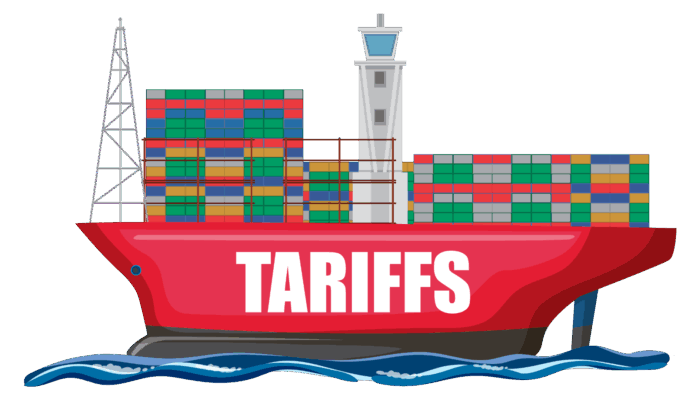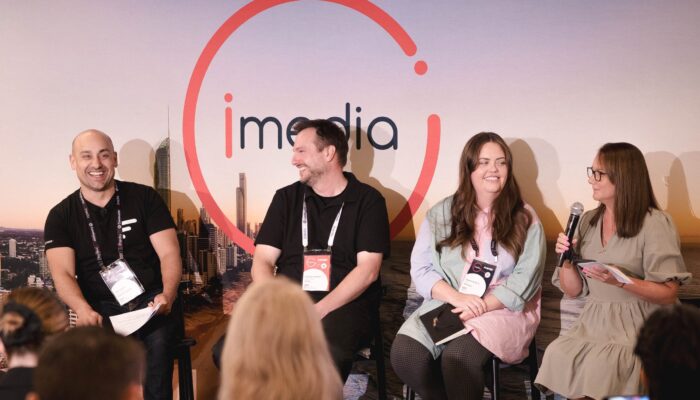You’re planning to roll out a new Order Management System (OMS). But you’re not sure where to start, and it feels hard. Why? There are many reasons. But some of the most common include:
- You need to replace a legacy OMS and you’re concerned about a big bang approach
- You have pressure from the business to roll out new delivery service options quickly
- Your inventory data sits in multiple systems and you’re not sure whether it’s more important to get that right first, or optimize fulfillment
- You know you need to optimize fulfillment but you’re not sure where to start
In short, your business is complex. What’s more, you may operate in multiple regions, or have a number of different brands. Or your fulfillment nodes include everything from Distribution Centers (DCs) and Stores to Drop Ship Vendors (DSVs).
In addition, it’s difficult to predict what the functional requirements of your business will look like in 12-18 months. In reality, you may not know what your priorities will be in even 6 months. So a new launch that can take 12+ months? Not ideal.
It’s all about time-to-value. And there are ways that you can see your return on investment in a much shorter period of time. How? With an MVP approach to implementation.
MVP: What is it and why is it important?
MVP stands for Minimum Viable Product. It typically refers to the initial stage of a product rollout—one that is a workable solution and hits on some of the core issues you are looking to tackle. Quickly.
It helps you accelerate a project by approaching it in a way that allows you to reduce business risk but moves the needle forward.
MVP: Phased rollouts
There is no one right way to approach an order management rollout. No two businesses—and no two projects—are the same. There are myriad approaches you can take, but one thing is clear: get live quickly, and iterate from there.
Phased rollouts will be key in accomplishing this. So where do you start? Prioritize ROI. You might want to start by identifying the core capabilities your business needs. Or perhaps focus on your biggest pain points. Start where you will get the fastest return so you can justify future projects. Let’s explore some options.
Inventory visibility
The rollout path you choose is critical to your success. While there is no right or wrong way, starting with the most common issue amongst businesses—an accurate view of stock availability—will help set you up for success. Why?
Because there are clear KPIs. Like reducing your out of stock rate, or canceled order rate. That means you can show a clear return on your investment.
Moreover, in order to employ successful sourcing and fulfillment strategies, you first need to know what’s available to promise across all your systems and locations. That’s where a single view of inventory comes in. With accurate, near real-time visibility, you can immediately tackle issues such as overselling, canceled orders and underselling. So for many projects this is the best place to start. But others choose order orchestration.
Order orchestration
Sometimes the biggest pain point is sourcing. For example, you might be struggling with too many split shipments because you don’t have enough control over when an order can be split. Or you might want to consolidate items into a single shipment and need to manage transfer orders. Or maybe you want to accept pre-orders and backorders. The key is to start simple. One fulfillment option at a time.
So you might start with Home Delivery orders shipped from DCs, then Ship to Store for pickup, followed by in-store pick up of online orders, and finally Ship from Store. Making sure each process is working smoothly before rolling out the next. Then you can start to consider more advanced sourcing logic, like:
- Ship from the location with the:
- Lowest sell through rate
- Lowest number of open orders
- Best on time delivery rate
- Order consolidation
- Pre-orders and backorders
You can also add the management of manual processes like fraud checks, or value added services.
Multinational or Multi-Brand
If you sell globally or own multiple banners, you may have a different kind of MVP. Start in one geography, or with one banner before moving to the next. Once that brand or region has good processes in place, you can onboard the next. Workflow templates make this easy. You can create and reuse rule templates and fulfillment logic workflows to quickly onboard additional brands or regions. From there, you can add on more complex scenarios such as cross-brand merchandising or cross-region fulfillment strategies.
Store fulfillment
If you want to use store stock to full online orders, or improve your store fulfillment processes, where do you start? The best advice is to keep it simple. Start with Click & Collect / Buy Online Pickup in Store (BOPIS). Then you can move onto other fulfillment types, such as Ship from Store. Over time you can add more logic to help protect the in-store experience too. How? With sourcing rules. You can set limits on the number of orders sent to a store based on metrics you choose, such as:
- Total orders per day (e.g., a maximum of 50 orders sent to each store per day)
- Total orders per day by fulfillment type (e.g., a maxim of 20 Ship from Store orders per day)
- Number of open orders at a store
- Prioritize one type of fulfillment over another (e.g., Click & Collect / BOPIS over Ship from Store)
Benefits of an MVP approach
It’s difficult to make every change at once, and there is no right or wrong way to approach an MVP approach to an OMS implementation. Take a look at your business and figure out what works best. What are your biggest pain points? Where are the biggest opportunities for improvement? What will be easy to measure? Because if you start where you can get the most value and the fastest return on investment it will be much easier to get funding for your future projects.
With Fluent Order Management, it is easy to accomplish a phased rollout approach. Whichever way you choose to start, once you roll out you can easily connect new channels incrementally over time. Fluent Order Management helps support your MVP implementation thanks to features such as configurable workflow templates, a flexible rules library, software development kits (SDKs) and more.
To learn more about Fluent Order Management and how we can help make your rollout a success, schedule a demo today.



